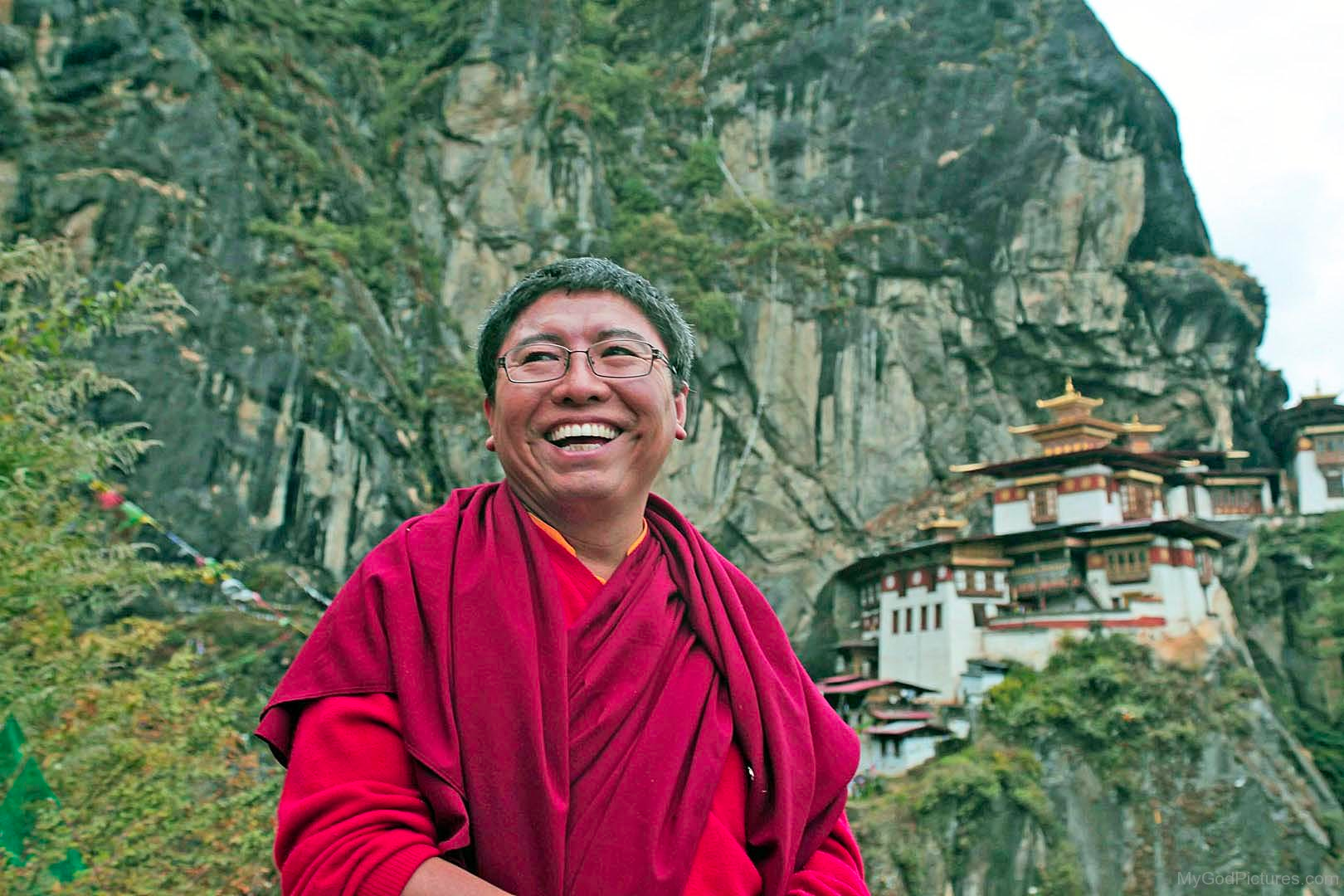
It was the summer of 2019, and I’d traveled over a thousand miles and ascended 9,000 feet into the mountains to the off-the-beaten-path town of Crestone, Colorado. I was attending a meditation retreat with Tibetan Buddhist teacher Tsoknyi Rinpoche. Inside the meditation tent, there were mostly senior meditators in attendance, including the Buddhist nun Pema Chödrön and several meditators who had completed multi-year retreats—a seasoned group to be sure.
But even with all the collective meditation experience in the room, Rinpoche didn’t lead us right into advanced practices. He started the retreat by guiding us in breathwork; beginning with the meditation practice known as Vase Breathing. This wasn’t a judgment on the assembly of meditators—rather, our buzzing energy coming out of the modern world was palpable and is an obstacle to more advanced meditation practices where you are doing less and less. Inner restlessness makes those sorts of practices unavailable. So, we began with this tremendously useful, but not so easy, breathing technique.
“This meditation will save your life.” - Tsoknyi Rinpoche
The problem is that there’s very little good instruction available on Vase Breathing in English. So, I was delighted to find a video of Tsoknyi Rinpoche giving clear instructions on this technique.
I believe one of the reasons it’s hard for people to learn this technique is that certain people resonate with certain imagery and metaphors in the instruction but not others. So, if you don’t get this right away, you’re in good company. It took me a while to really get the hang of this practice. But I do it every morning now. And I believe as Rinpoche told us at the retreat, that it can save your life. It can help bring you back to balance when your nervous system is frazzled by the pace of modern life.
Please check out this video and try this technique. If you find it helpful, or if you find it challenging and struggle with it, reach out to me, and we can talk about it in your next session.
Good luck with your practice.
